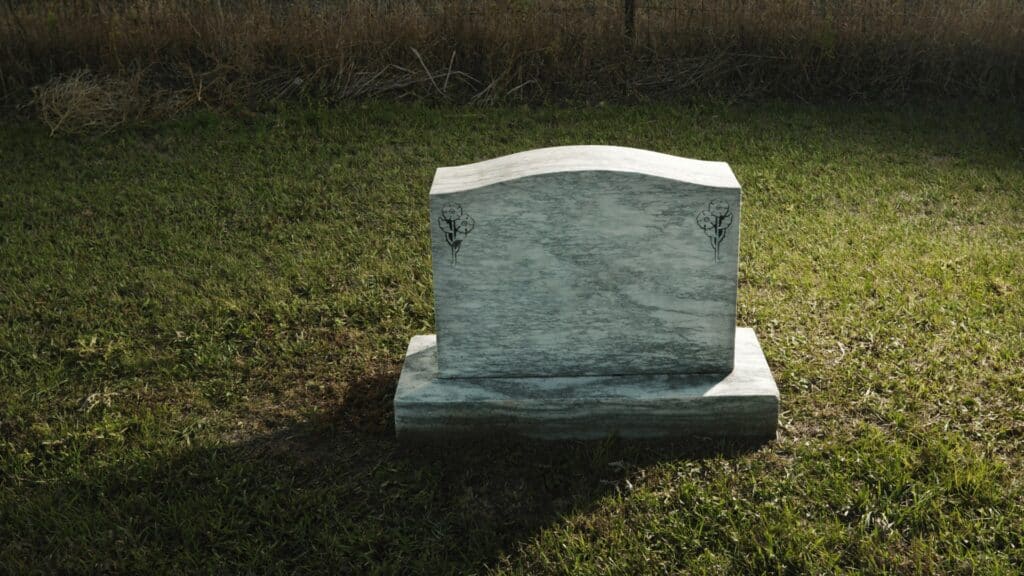What does Cradle-to-Grave Liability Mean?
To understand what Cradle-to-Grave means, first, we must look at how it relates to the Resource Conservation and Recovery Act (RCRA). The purpose of the Resource Conservation and Recovery Act was to give the Environmental Protection Agency (EPA) the power to control hazardous waste from the generation, transportation, treatment, storage, and disposal of hazardous waste, better known as cradle-to-grave.
The primary purpose of the cradle-to-grave method is to ensure that all hazardous waste is handled and disposed of appropriately according to EPA guidelines. In all cases, the company, including a hired waste disposal company, is held responsible for all hazardous material that needs to be disposed of.
If the waste disposal process is not compliant and or illegally disposes of the waste will result in heavy fines and penalties from government agencies. Essentially, Cradle-to-Grave liability is defined under the RCRA stating that companies are liable for how their waste is handled from generation of the waste to disposal.

What is the Process of Handling Waste from Cradle-to-Grave?
The Cradle-to-Grave process has five steps; each is described below:
- Generation of Waste: This step refers to the “Cradle” part of the process. The process starts with the company generating the hazardous waste and moves to classifying the waste as hazardous or regulated. Hazardous waste most often refers to any trash that is explosive, reactive, flammable, or any other toxic waste. Hazardous waste includes poisons and medications, chemicals and paints, pesticides and herbicides, and more. Once the waste has been appropriately classified and labeled, the process moves on to the next step of transporting the waste.
- Transportation of Waste: The second step in the process is transporting the hazardous waste to the treatment plant. At MedPro, we transport mainly biohazardous waste, including solid, liquid, sharps, and pathological waste, all types of hazardous waste. The transportation of hazardous waste must follow the Department of Transportation (DOT) regulations regarding shipping hazardous materials. This means that all material is appropriately classified and labeled, stored in appropriate containers, and properly sealed to avoid leaks and contamination of the surrounding environment and the people handling the waste. You can find more specific guidelines in Illinois on Illiniois.gov.
- Treatment of Waste: The third step in the process is to properly treat the hazardous waste, usually at a specialized treatment facility. This is one of the most critical steps in the process as it prevents hazardous waste from contaminating the groundwater, air, and soil nearby. If hazardous waste were to leak into the groundwater, it would result in contaminated drinking water, therefore, having no source of clean water in the community.
- Storing the Waste: The fourth step is storing the waste in all parts of the process, including on-site storage, during shipping, and after or during the waste treatment facility. If the waste is stored improperly, it will result in the same consequence as if the waste is treated improperly, therefore, resulting in contaminating the surrounding environment and putting human health at risk.
- Disposing of the Waste: The “to grave” refers to the disposal of the waste as it is the final step in the RCRA proper waste disposal process. At this step, the waste has already been treated and can now be disposed of in an appropriate landfill or can be used for energy generation.
Cradle-to-Grave liability is written under the Resource Conservation and Recovery Act and helps to ensure the proper transportation of waste that will prevent harming both the environment and the people surrounding it. It also helps hold companies accountable for the hazardous waste that they generate and need to dispose of.
This is where MedPro Disposal comes in and guarantees compliant and proper treatment, transportation, storage, and disposal of biohazardous waste that will save your company time and money on waste disposal.


